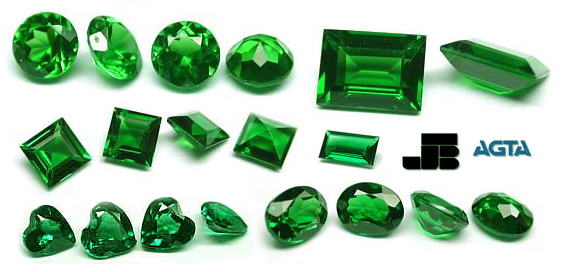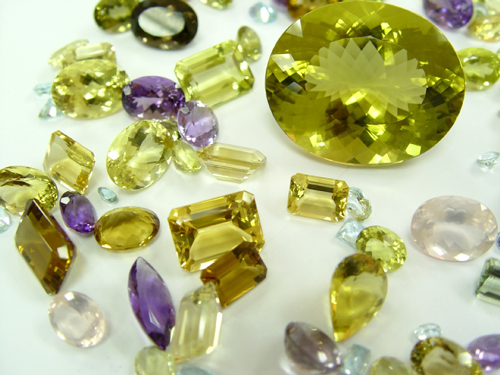The acronym PTC comes from Paid-To-Click. PTC industry is huge and earn a lot of money. These sites are the bridge between advertisers and users. PTC site pay to users to view ads from advertisers. To earn money from PTC site first of course you must be registered member, then you go in section Surf Ads / View Ads where you find the actual links to click. Opens site for (mostly 15-30) seconds and expire when you close the page and then your account be credited ... Maybe so you will not be quite clear about it, you can visually see how it works in some PTC sites.
Learn how to earn money from PTC sites
Earnings Example:You click on the 20 banner per day = $ 0.20
20 referrals click 20 banner per day = $ 4.00
Your daily earnings = 4.20
Your weekly earnings = 29.40
Your monthly earnings = $ 126.00
These earnings are based only in 20 clicks per day and 20 referrals. Some days you will have more clicks, some days less. And what if you have more referrals? And if there are more sites to click?
20 referrals click 20 banner per day = $ 4.00
Your daily earnings = 4.20
Your weekly earnings = 29.40
Your monthly earnings = $ 126.00
These earnings are based only in 20 clicks per day and 20 referrals. Some days you will have more clicks, some days less. And what if you have more referrals? And if there are more sites to click?
Why these sites pay me? This is a scam? No cheating. Normally advertisers pay to display their ads.PTC sites earn money by taking more from advertisers and give less to the consumers. Therefore, more pay, respectively, have more customers, more advertisers go with them. All units in the chain earn.

















